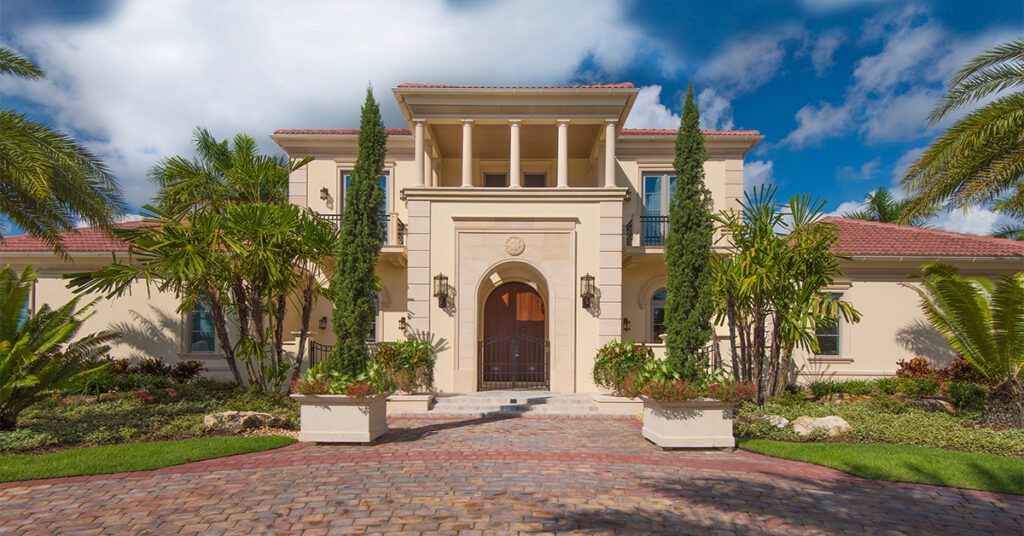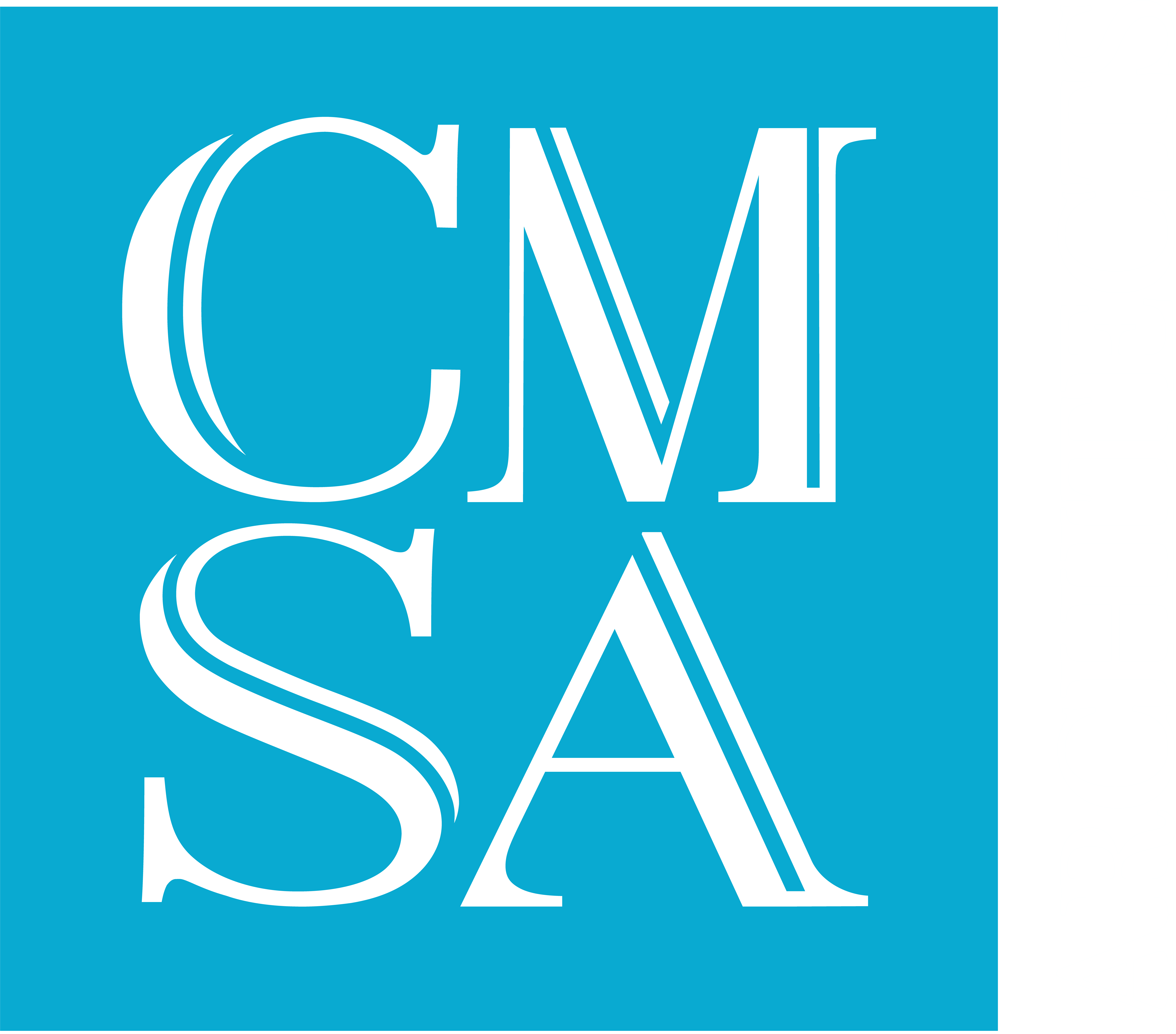Revitalizing Classic Style with Contemporary Details
Revitalizing Classic Style with Contemporary Details
Architecture is a continually evolving reflection of cultural values, technological advancements, and artistic expression. Classic architectural styles from years ago still inspire architects and designers today – but with a contemporary twist. As the world becomes increasingly urbanized and technology-driven, architects and homeowners often look for unique and beautiful ways to merge the old with the new.
In Short: The fusion of classic architecture with modern elements creates dynamic, visually intriguing spaces that respect tradition while embracing innovation.

The Foundation of Classic Architecture
Classic architecture often draws from formal, symmetrical designs and incorporates decorative elements that convey a sense of elegant permanence. The hallmark of classic styles lies in their relationship to order and proportion, evoking feelings of stability and timelessness. However, as society’s needs and tastes evolve, architecture follows suit.
The key to revitalizing classic architecture with modern details is balance. By carefully blending historical elements with contemporary design principles, it’s possible to create spaces that feel both familiar and fresh.
- Use of Modern Materials: One of the most effective ways to update a classic design is using modern materials. While classic structures often relied on stone, wood, and brick, today’s building materials offer a wider range of options. Glass, steel, and concrete are often incorporated into designs to create sleek, clean lines and expansive windows that flood spaces with natural light.
- Simplifying Ornamentation: Classic architecture is known for its ornate detailing, but modern design often favors minimalism. To create a revitalized, contemporary feel, traditional ornamentation can be scaled back without sacrificing style – such as replacing an ornate wrought iron railing with a more geometric metal design. A modern interpretation adds sophistication without overwhelming the space with excessive detail.
- Open Floor Plans: Classic architecture often featured defined, compartmentalized spaces. Modern homes, however, lean toward open floor plans that allow for flexibility and fluidity. Merging the two can be achieved by creating wide, flowing interiors while maintaining the external classic style. Removing walls or incorporating large doorways can bring a modern flow to a traditionally structured home.
- Sustainable Design Elements: Sustainability is a key focus of modern architecture. Classic buildings, particularly older ones, often present challenges in energy efficiency. By introducing sustainable design elements, such as solar panels, green roofs, or high-efficiency windows, architects can modernize these structures to align with today’s environmental priorities. Restoring a historic building with eco-friendly features not only helps to preserve the past but also ensures that the space meets the demands of the future.
- Smart Home Technology: The rise of smart home technology has revolutionized how people interact with their living spaces. Integrating technology seamlessly into classic architecture is an exciting way to bridge the gap between eras. Hidden speakers, automated lighting, and climate control systems can be incorporated without detracting from the classic aesthetic appeal of the space.
- Contrasting Elements: Sometimes, the most effective way to revitalize a classic design is by contrasting old and new elements. A traditional building with classical proportions and symmetry can coexist alongside striking, modern finishes. Furnishing a Victorian home with contemporary pieces or adding a sleek, minimalist kitchen can create a dynamic contrast that enhances the unique qualities of both styles. The juxtaposition of old and new adds intrigue and makes the space feel multi-dimensional.
Trust the Expertise of CMSA with Your Design
By embracing a thoughtful integration of old and new, CMSA Architects designs homes that respect tradition while anticipating future needs. With over 30 years of designing high-end custom homes on the Florida Gulf Coast, you can trust our team to design the home you’ve always imagined. Click here to view our portfolio, then call for a professional consultation.
You Might Also Like
Getting to Know Rick Oswald: President of CMSA Architects
If you’ve had the pleasure of working with CMSA Architects, chances are you’ve crossed paths with our President, Rick Oswald. With a rich background in architecture and a creative spirit that’s hard to miss, Rick [...]
Behind the Design: Life as an Office Manager
What keeps the vibrant creative world of an architecture firm thriving from the shadows? An Office Manager. Serving as the central linchpin, they ensure the architects focus on their craft, unimpeded by the myriad operations [...]
Form, Function and Structure in Ancient and Modern Architecture
When we talk about Architecture, especially contemporary or mid-century architecture, the shapes and forms, the aesthetic, stunning, timeless, and clean appearance, are among the most important aspects of the building we want to create [...]
The Relationship Between a Building, the Environment, and the Occupants Inside
For as long as humans have roamed this Earth, they have developed shelters to protect themselves from the elements. These shelters later developed into homes, and over time people discovered techniques to not only make [...]
A Drafter’s Perspective: Experiencing Homebuilding for the First Time
Architecture is an exercise in precision, vision, and problem-solving. Every home begins as an idea—an intricate composition of structure, proportion, and materiality. As architects, we shape these ideas into reality, meticulously detailing each element to [...]



